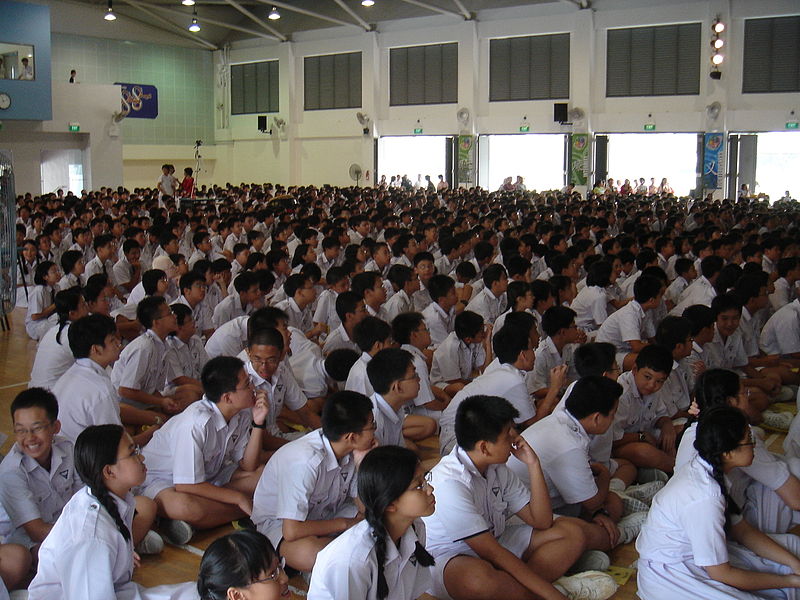Tip: if you are not too familiar with mathematical notation, don’t be intimidated by it: it’s just a way to formally write things down, and the notation here should be easy to follow. I’ve added some footnotes to help: hover over them with your mouse-pointer to see an explanation.
Definitions
We start with some generic definitions:
 is the set of all students that applied.
is the set of all students that applied. is the subset of
is the subset of  which is foreign.
which is foreign. is the number of students we may select from
is the number of students we may select from  (without replacement1).
(without replacement1).- The resulting selection we call set
 (where
(where  is a subset of
is a subset of  with cardinality2
with cardinality2  )
)
Let’s fill out the variables above for this specific case:
- There are 114 students in total:

- Of which 5 are foreigners:
 3
3 - We may select 100 students:

Problem
What is the probability that we select no foreign student when we choose 100 students out of the 114 that applied? Formal: what is the probability that the intersection of F and L is empty?: 
Solution
- We know that there are
 ways4 in which we can select
ways4 in which we can select  students from the
students from the  (without replacement).
(without replacement). - There are
 ways to select
ways to select  students from the foreign subset.
students from the foreign subset. - Given (2) there are
 ways to select the remaining
ways to select the remaining  students.
students. - Combining (1-3) we get:

In this last step we effectively state that the probability is the number of ways in which we can select  and
and  students, relative to the total number of possible selections we can make. It is a generic solution for any set sizes, for this specific instance we take the problem specific values and simply substitute them:
students, relative to the total number of possible selections we can make. It is a generic solution for any set sizes, for this specific instance we take the problem specific values and simply substitute them:

All the values are as specified in the problem specific definition. The value of  is 0, since we are interested in the probability of selecting 0 students from the Foreign group. We see that the problem simplifies, since
is 0, since we are interested in the probability of selecting 0 students from the Foreign group. We see that the problem simplifies, since  .
.
We can conclude that the probability of selecting none of the 5 foreign students is quite low: 0.00136 %
The probability that the lottery was unfair can be deduced from this:

Which is 99.99864%. Indeed, it is very likely that at least one foreign student would have been selected. Hence we can state that it is likely that the lottery applied was unfair in this case and that the probability of a foreign student of being selected must have been much lower than that of a local student, or even zero.
Notes
1) This means that the same student can not be selected twice. So, while each student initially has a chance of 1/114 to be picked, after the first pick this will be 1/113, then 1/112, et cetera.
2) A fancy way of saying: size.
3) From left to right: F is a subset of S and there are 5 students in F.
4) This is binomial notation, that should be interpreted as:  .
With:
.
With:

